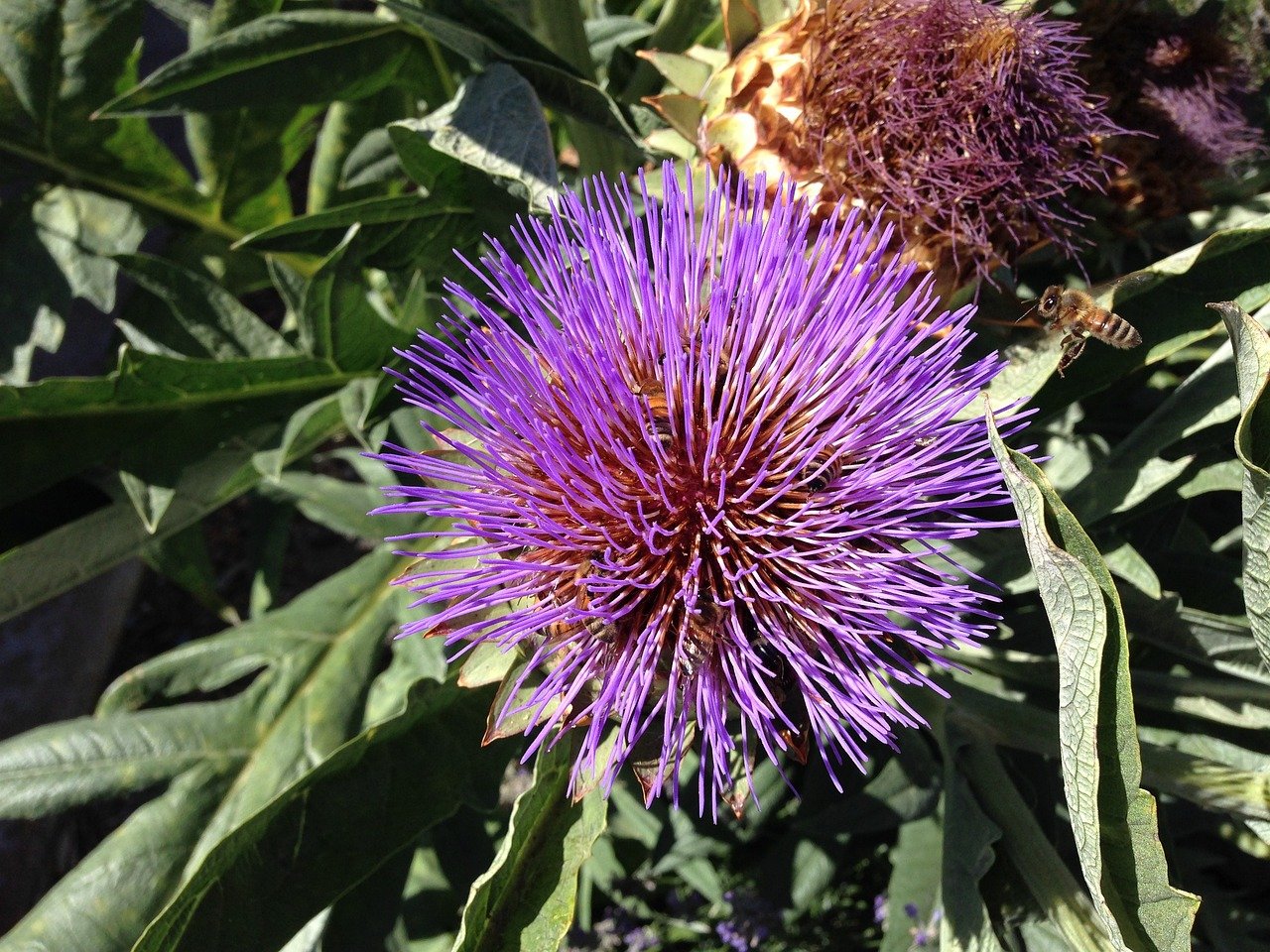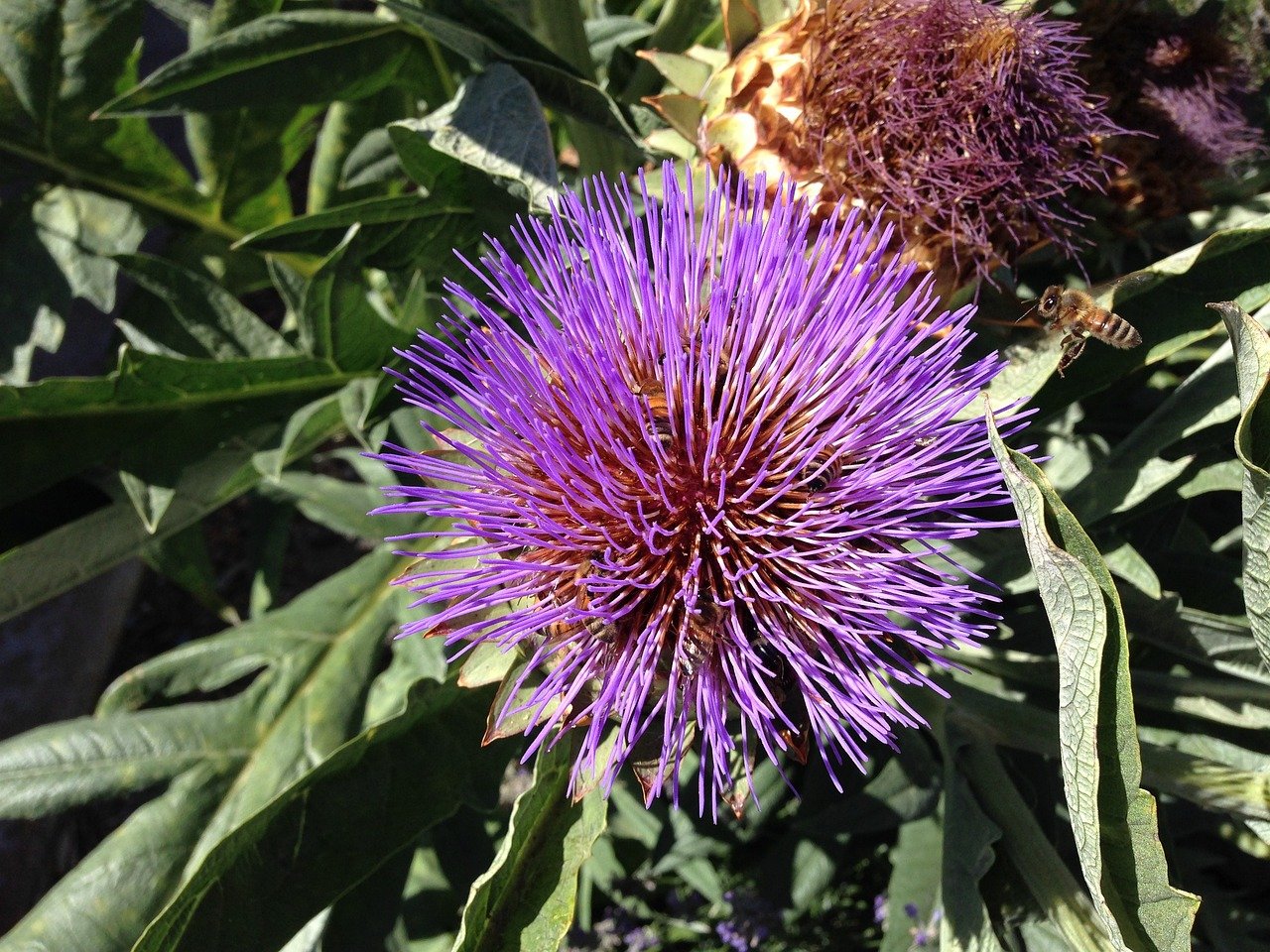Are you looking to create an eco-friendly and sustainable garden but not sure where to start? In this article, we will explore the essential steps to cultivate sustainable gardening practices. From understanding the importance of soil health to implementing water-efficient techniques, we will guide you on how to create a garden that not only benefits you but also the environment. Let’s embark on this journey together as we uncover the secrets of sustainable gardening.

Understanding Sustainable Gardening
Definition of Sustainable Gardening
Sustainable gardening is a method of cultivating and maintaining a garden that aims to minimize the negative impact on the environment while promoting biodiversity, conserving resources, and supporting the overall health of the ecosystem. It involves using gardening techniques that prioritize long-term sustainability and minimize the use of harmful chemicals or practices.
Importance of Sustainable Gardening
Sustainable gardening is crucial for the health and well-being of our environment and future generations. By adopting sustainable gardening practices, we can actively contribute to the preservation and conservation of natural resources, reduce pollution, support local wildlife, and create a healthier, more resilient ecosystem. Additionally, sustainable gardening allows us to grow our own organic, nutritious fruits and vegetables, supporting a healthier lifestyle for ourselves and our families.
Benefits of Sustainable Gardening
Embracing sustainable gardening practices brings forth a multitude of benefits. Firstly, it helps in reducing the consumption of water, energy, and other resources, thereby minimizing the ecological footprint. Sustainable gardens are more resistant to pests, diseases, and extreme weather conditions, making them more resilient and cost-effective to maintain. Moreover, sustainable gardening creates habitats for beneficial insects, birds, and other wildlife, promoting biodiversity and ecological balance. Lastly, engaging in sustainable gardening provides a sense of fulfillment and satisfaction by connecting with nature and actively contributing to the health of the planet.
Selecting the Right Location and Design
Assessing Available Space
Before starting your sustainable garden, it is essential to assess the available space and determine how it can be utilized effectively. Consider factors such as the size and shape of the area, accessibility, and any existing structures or trees that may impact the garden layout. By understanding the available space, you can plan the design and select suitable plants accordingly.
Considering Sunlight and Shade
Understanding the sun and shade patterns in your garden is crucial for selecting the right plants to thrive in those specific conditions. Observe the movement of the sun throughout the day and identify areas of full sun, partial shade, or full shade. This knowledge will help you choose plants suited to different light levels, ensuring their optimal growth and minimizing the need for extra resources.
Choosing Native Plants
In sustainable gardening, choosing native plants is highly recommended. Native plants are naturally adapted to the local climate, soil conditions, and pests, requiring minimal interventions such as watering, fertilizing, or pest control. They provide food sources and shelter for local wildlife, contribute to the overall biodiversity, and often have deep root systems that enhance soil health and water absorption.
Creating a Water-efficient Design
Water is a precious resource, and incorporating water-efficient design strategies into your sustainable garden can significantly reduce water consumption and promote sustainability. Consider elements such as grouping plants with similar water needs together, utilizing mulch to retain moisture, and implementing drip irrigation systems or rainwater harvesting methods. By maximizing water efficiency, you can minimize waste and ensure that your garden thrives while conserving this vital resource.
Soil Management and Conservation
Testing Soil Quality
Assessing and understanding the quality of your soil is fundamental for successful sustainable gardening. Conducting a soil test allows you to determine the pH level, nutrient content, and soil structure. This information helps you make informed decisions on soil amendments and fertilization, ensuring that your plants receive the necessary nutrients for optimal growth.
Improving Soil Health
Sustainable gardening relies on maintaining and improving soil health, as healthy soils promote strong plant growth and reduce the need for synthetic fertilizers or chemical interventions. Practices such as adding organic matter (compost, leaf litter, etc.), practicing crop rotation, and avoiding excessive tilling can enhance soil structure, fertility, and nutrient availability. By prioritizing soil health, you create a thriving environment for your plants and contribute to the overall vibrancy of your garden.
Composting for Nutrient-Rich Soil
Composting is a valuable technique for sustainable gardeners, as it allows the recycling of organic materials and creates nutrient-rich soil amendments. Collect kitchen scraps, yard waste, and other organic matter to create a compost pile or use a compost bin. The decomposition process transforms these materials into a dark, crumbly compost that adds essential nutrients to the soil, improves moisture retention, and enhances overall soil fertility.
Mulching for Moisture Retention
Applying a layer of mulch to your garden beds is an excellent practice for sustainable gardening. Mulch helps retain soil moisture by reducing evaporation, regulates soil temperature, suppresses weed growth, and prevents soil erosion. Organic mulches, such as wood chips, straw, or shredded leaves, also enrich the soil as they break down over time, providing additional nutrients to your plants.
Efficient Water Usage
Collecting and Using Rainwater
One of the most effective ways to conserve water in your sustainable garden is by harvesting and utilizing rainwater. Install rain barrels or cisterns to collect rainwater from your roof, which can then be used to water your plants during dry periods. Rainwater is naturally free of chlorine and other chemicals found in tap water, making it a healthier option for your plants while reducing your reliance on municipal water sources.
Installing Drip Irrigation Systems
Drip irrigation systems are an excellent investment for sustainable gardeners. These irrigation systems deliver water directly to the plant’s roots, minimizing water loss through evaporation or runoff. By providing water precisely where it’s needed, drip irrigation promotes healthier plant growth, conserves water, and reduces weed growth.
Implementing Water-saving Techniques
In addition to rainwater collection and drip irrigation, several water-saving techniques can be applied in sustainable gardening. Water plants in the early morning or late evening when evaporation rates are lower. Embrace techniques such as “soaker hoses” that release water directly onto the soil surface. Avoid over-watering by monitoring the soil moisture level before applying additional water. These practices maximize water efficiency and help foster a sustainable garden.
Proper Timing and Frequency of Watering
Understanding the watering needs of your plants and implementing appropriate timing and frequency is essential for water conservation. Some plants may require more frequent watering, especially during dry and hot periods, while others may thrive with less frequent watering. By tailoring your watering schedule to the specific needs of each plant, you prevent water waste, promote plant health, and support sustainable gardening practices.

Promoting Biodiversity
Creating Wildlife-friendly Habitats
In sustainable gardening, creating wildlife-friendly habitats is vital for promoting biodiversity and maintaining a healthy ecosystem. Incorporate elements like bird feeders, birdhouses, and butterfly gardens in your garden to attract and provide food and shelter for wildlife. Leave a portion of your garden undisturbed to serve as a habitat for beneficial insects, pollinators, and other wildlife species.
Attracting Beneficial Insects
Beneficial insects play a crucial role in sustainable gardening, as they help control pests naturally and reduce the need for chemical pesticides. To attract beneficial insects, plant a variety of flowers, herbs, and native plants that provide nectar, pollen, and habitat. Additionally, avoid using chemical pesticides or insecticides that can harm these beneficial insects.
Using Companion Planting Techniques
Companion planting is an effective technique used in sustainable gardening to enhance plant health, deter pests, and improve overall productivity. By strategically interplanting compatible plants, you can create herbal or floral combinations that repel pests, attract beneficial insects, or enrich the soil. For example, planting marigolds alongside tomatoes can deter nematodes, while growing basil near peppers can enhance their flavor and repel pests.
Avoiding Pesticides and Chemicals
To maintain the ecological balance within your sustainable garden, it is essential to avoid using pesticides and unnecessary chemicals. Instead, focus on prevention, natural pest control methods, and promoting a strong, healthy ecosystem. Regularly inspect your plants for signs of pests or diseases, practice good sanitation, and employ physical barriers or organic pest control remedies when needed.
Natural Pest and Disease Management
Identifying and Understanding Pests
In sustainable gardening, it is crucial to understand and identify pests accurately before implementing pest management strategies. Different pests have specific life cycles, preferences, and vulnerabilities that can be targeted using natural or organic methods. Learn to recognize common pests in your area and observe their behavior to determine the most effective control measures.
Implementing Integrated Pest Management
Integrated Pest Management (IPM) is a sustainable approach to pest control that focuses on prevention, monitoring, and intervention only when necessary. The key principles of IPM include cultural practices (crop rotation, proper plant spacing, and pruning), biological control (encouraging natural predators or using biological pesticides), and using chemical control as a last resort and only in targeted areas.
Using Organic Pest Control Methods
Organic pest control methods offer effective and sustainable alternatives to chemical pesticides. Techniques such as hand-picking pests, deploying traps or barriers, promoting beneficial insects, and using natural pest repellents can help manage pests without harming the environment or beneficial organisms. Regularly inspect your plants, maintain good garden hygiene, and promptly intervene when pest populations reach damaging levels.
Companion Planting for Pest Control
Companion planting for pest control is a valuable strategy in sustainable gardening. By choosing plant combinations that repel pests, attract beneficial insects, or mask the scent of vulnerable plants, you can help deter pest infestations and minimize the need for chemical interventions. Some common examples include planting garlic near roses to repel aphids or growing nasturtiums near squash plants to deter squash bugs.

Lawn Care and Maintenance
Reducing Lawn Area
Sustainable gardening encourages minimizing the area of traditional lawns, which require excessive water, fertilizers, and maintenance. Consider reducing the size of your lawn by incorporating more garden beds, native plantings, or outdoor living spaces. This reduction not only conserves resources but also allows for more environmentally friendly and sustainable landscape design.
Choosing Native Grasses
If you opt to have a lawn area in your sustainable garden, consider choosing native grasses instead of non-native varieties. Native grasses require less water, maintenance, fertilizers, and pesticides as they are naturally adapted to the local climate and soil conditions. They often have deep root systems that enhance soil health, prevent soil erosion, and contribute to a more sustainable landscape.
Mowing Heights and Techniques
Proper mowing techniques are essential for maintaining a healthy and sustainable lawn. Set your lawn mower blade to a higher setting to allow grass to grow a bit taller, which promotes deeper root growth and shades the soil, reducing water evaporation. Additionally, practice “grasscycling” by leaving the grass clippings on the lawn, as they act as a natural fertilizer, providing nutrients and reducing the need for synthetic fertilizers.
Natural Weed Control
In sustainable gardening, managing weeds naturally is preferred over using chemical herbicides. Regularly remove weeds by hand, ensuring to pull them out from the roots to prevent regrowth. Applying a layer of mulch around plants suppresses weed growth by blocking sunlight and inhibiting weed seed germination. Maintaining a healthy, dense lawn also helps to prevent weed establishment.
Harvesting and Preservation
Timing the Harvest
To fully enjoy the rewards of your sustainable garden, it is important to harvest your crops at the right time. Each plant has its own specific indication of ripeness, such as color, size, or smell. Harvesting at the correct time ensures the best flavor, texture, and nutritional value while maximizing yield and preventing spoilage.
Sustainable Harvesting Techniques
Using sustainable harvesting techniques helps maximize productivity and minimize waste in your garden. Harvest crops using sharp tools to prevent damage to the plants and store them properly to maintain freshness and vitality. When harvesting leafy greens or herbs, practice selective harvesting by taking only what you need, allowing the plant to continue growing and providing future harvests.
Preserving the Harvest
Preserving the excess bounty from your sustainable garden is a great way to enjoy the fruits of your labor throughout the year. Methods such as canning, freezing, pickling, or dehydrating can be used to store surplus produce for later consumption. By preserving the harvest, you reduce food waste, save money, and have access to homegrown produce even during the off-season.
Seed Saving for Future Planting
Seed saving is a traditional and sustainable practice that allows you to preserve plant varieties and reduce reliance on commercial seeds. Select healthy, mature seeds from your garden plants, dry them thoroughly, and store them in a cool, dry place. By saving and using your own seeds, you preserve heirloom varieties, maintain genetic diversity, and contribute to the sustainability of your garden.
Composting and Recycling
Setting up a Compost System
Composting is a fundamental practice in sustainable gardening that utilizes organic waste to create nutrient-rich soil amendments. Set up a compost system in your garden to recycle kitchen scraps, yard waste, and other organic materials. Choose a compost bin or pile that suits your needs and follow proper composting techniques to ensure decomposition and nutrient availability.
Composting Dos and Don’ts
To maintain a successful compost system, follow some essential dos and don’ts. Do include a balanced mix of green (nitrogen-rich) and brown (carbon-rich) materials, such as vegetable scraps, grass clippings, leaves, and twigs. Don’t include meat, dairy, oily foods, or pet waste, as they may attract pests or create odor issues. Regularly turn the compost to promote decomposition and maintain proper moisture levels.
Using Compost in the Garden
Utilizing compost in your garden is a sustainable way to improve soil fertility and structure. Spread a layer of compost on garden beds to add valuable nutrients and organic matter, which enriches the soil and enhances plant growth. Compost also improves moisture retention, reduces erosion, and enhances microbial activity in the soil, fostering a healthy and sustainable garden ecosystem.
Recycling Garden Waste
Sustainable gardeners play an active role in recycling garden waste by implementing proper waste management practices. Collect and recycle garden trimmings, fallen leaves, or pruned branches to produce mulch or compost. This waste recycling not only reduces landfill waste but also creates valuable organic matter that can be reintroduced into your garden, closing the nutrient cycle and promoting sustainability.
Continuous Learning and Improvement
Staying Informed about Sustainable Gardening
Sustainable gardening practices are constantly evolving, and staying informed about the latest techniques and ideas is essential for continuous improvement. Stay connected with reputable gardening resources, read books, browse websites, and follow sustainable gardening blogs or social media accounts. By staying informed, you can constantly update your knowledge and embrace new sustainable gardening practices.
Attending Workshops and Classes
Another excellent way to expand your sustainable gardening skills is by attending workshops and classes. Many local garden centers, botanical gardens, or community organizations offer educational programs on sustainable gardening topics. These workshops provide hands-on experience, expert guidance, and an opportunity to connect with fellow gardeners who share your passion for sustainability.
Joining Gardening Communities
Joining gardening communities and organizations is a fantastic way to connect with like-minded individuals and exchange ideas and experiences. Local gardening clubs, online forums, or social media groups offer opportunities to share your sustainable gardening journey, seek advice, or learn from seasoned gardeners who have already mastered sustainable practices. By joining a gardening community, you gain valuable insights and support that can enhance your gardening efforts.
Evaluating and Modifying Practices
Continuous evaluation and modification of your sustainable gardening practices are essential for ongoing improvement. Regularly assess the effectiveness of your techniques, identify areas that need adjustment, and implement changes accordingly. By evaluating your gardening practices, you can fine-tune your approach, optimize resource usage, and create an even more sustainable and thriving garden ecosystem.
In conclusion, understanding and embracing sustainable gardening practices can significantly contribute to a healthier environment, the preservation of natural resources, and the overall well-being of our planet. By selecting the right location and design, managing soil health and water usage effectively, promoting biodiversity, implementing natural pest and disease management techniques, and actively participating in harvesting, composting, and recycling, you can create a sustainable garden that benefits both yourself and the world around you. Keep learning, improving, and sharing your passion for sustainable gardening, and together we can make a positive impact on the environment for generations to come. Happy gardening!





